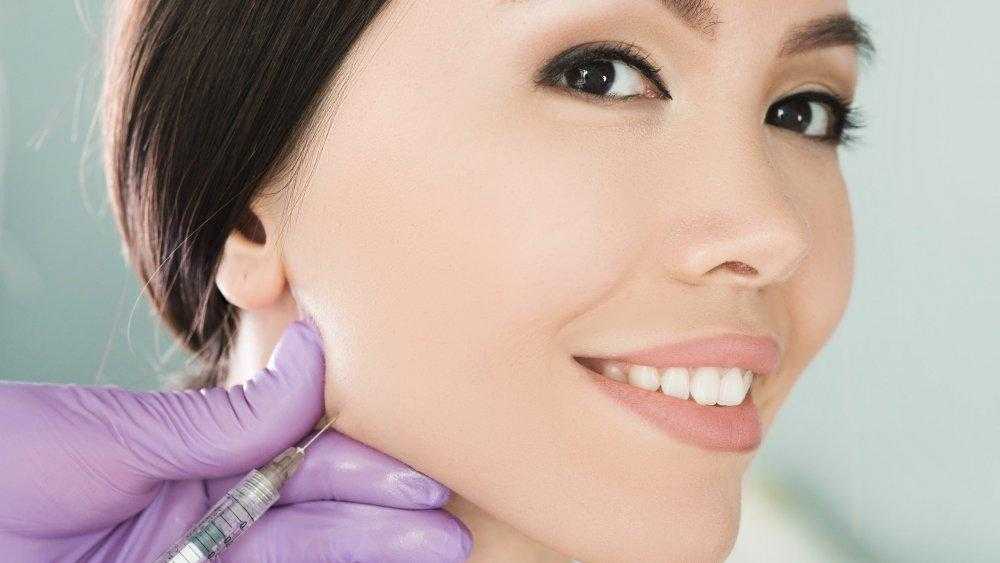Beauty is indeed in the eye of the beholder. A person’s appearance or good look may look differently to people’s subjective perception. While most do not mind their facial features, some may decide to have surgery for cosmetic purposes. They will find doctors or plastic surgeons to ask for opinions and available procedures to help improve their looks. There are many available procedures to enhance a person’s look, one of them is a jawline filler.
Jawline filler is a procedure involving injection of soft gel-like substances under the skin. Jawline fillers can be composed of a variety of substances including natural or synthetic ones. Most common compound used in this procedure is hyaluronic acid. This specific substance is naturally found in the skin and functions as hydrating the skin. Such substance also enhances production of hyaluronic acid and collagen which acts as anti-wrinkle by relaxing lower face muscles and reducing fine lines or wrinkles. This is why hyaluronic acid is the most common filler used in jawline filler procedure. Furthermore, this type of filler can be easily dissolved with a special solution in case adverse events occur or the person does not favour how they look after the procedure. Plus, most of this filler is premixed with lidocaine that has anaesthesia effect which helps minimise discomfort during procedure.
Jawline filler can be done for both men and women looking to enhance their jawline without surgery. Jawline filler can help straighten the appearance of the jawline, improve irregularities of the jawline, sharpening the chin and overall improve facial proportions. A person looking to improve their jawline may either have a weak jawline or sagging skin around the jawline due to the ageing process. No matter what the reasons for opting for jawline filler, it is important to note that jawline filler acts as temporary measures to improve the jawline. You may need to repeat injections around every 6 to 18 months depending on what you are expecting from it and to maintain the desired effect. This is due to the body’s ability to break down the filler and absorb it.
Just as with other procedures, there are risks of jawline filler. Common risks include swelling, redness, itching, discomfort and even acne eruptions. There is also risk for infection, formation of skin nodules, skin lumps and inflammatory skin reaction. Severe complications from dermal fillers are rare. However, it is very important to get this type of procedure done by certified medical professionals to avoid severe complications. Severe complications such as scarring, blood vessel injury, tissue death and asymmetry jawline might not only lead to imperfect looks but also can be life-threatening. Thus, it is necessary to make sure jawline filler is done by the right health professionals. Never be afraid to ask details about those providing the jawline filler procedure regarding their training and certification they have received to ensure they are really experienced. This does not only reduce the likelihood of complications but also minimise the risks and help you to achieve beautiful yet safe results.
In essence, jawline filler is one of the many procedures done for cosmetic purposes. Beside filler, jawline can be improved through liposuction, Botox or surgical lift. Do have thorough discussion with your healthcare provider that provides such procedures on which procedure works best for you and help you to achieve that beautiful jawline. If your healthcare provider uses filler apart from hyaluronic acid, please do not be worried and ask for an explanation why this occurs. Remember to let your healthcare provider know if you are taking certain medications such as blood thinners or supplements and certain medical conditions such as allergy history and previous surgery on the jaw area.
Categories
Recent Posts
Advertisement


